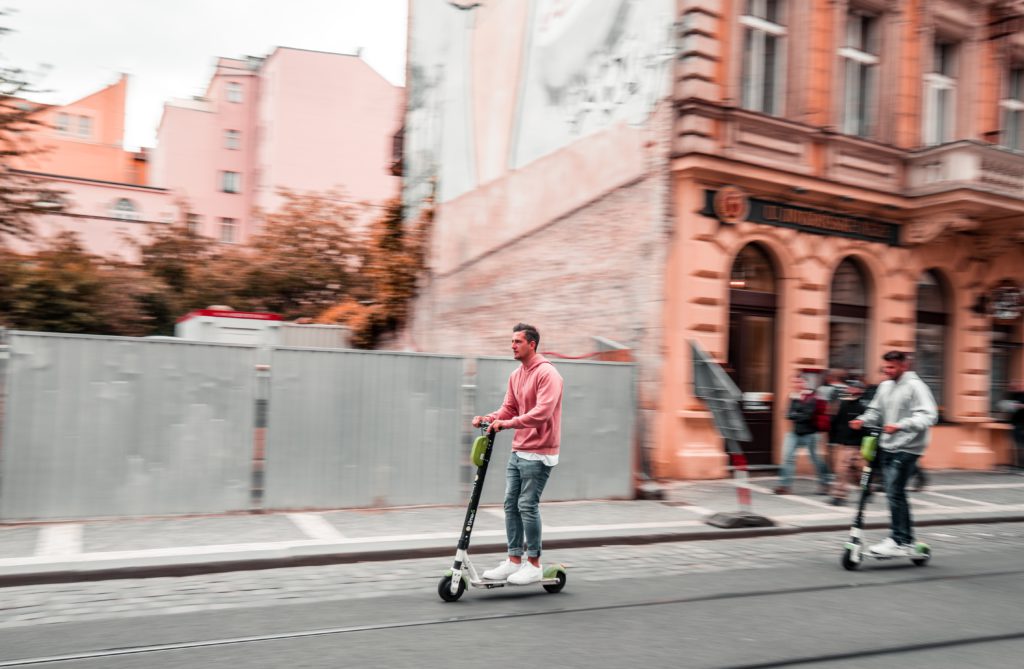Polis Paper - Macro Managing Micro Mobility
Taking the long view on short trips.
Shared micromobility is a hot topic. For many cities, it has been more of a ‘hot potato’, as the ‘invasion’ of e-scooters and e-bikes triggered a public outcry, inflamed debates in the media and put mayors, deputy mayors, and transportation officials on the spot: “Do something!”.
The problem with reactive approaches is that they often miss strategic opportunities. And the strategic potential of shared micromobility is clearly what came out of the intense dialogue we have been conducting on this topic, for over a year, with many cities and regions, with the major players in this industry, and with many other relevant stakeholders, from pedestrian and cycling advocates to public transport operators and innovation & disruption experts, among others.
This dialogue has been enhanced by the active participation of several members of POLIS’ working groups on Governance & Integration, Health & Active Travel, and Road Safety & Security, in countless conferences, workshops and meetings.
New studies, reports and guidelines have been coming out regularly, along with a steady stream of news and editorials. It has become a crowded debate, polarised by technological break-throughs and regulatory crackdowns. Interesting, for sure, but how helpful for cities, really? Dialogue on these topics must empower cities to work for the long-term public interest, instead of being rich in jargon and poor in purpose.
As a network of cities and regions dedicated to transport innovation, it’s our duty to go beyond the media frenzy. We clearly need a constructive framework to stimulate strategic dialogue and cooperation among all parties – that’s the only way of shaping win-win solutions.
This is a paper for discussion. It brings together the issues at stake that emerged in the numerous conversations we had with our members and with the industry over the past year. This is a paper to continue the discussion, to feed and frame that discussion, to help focus and further the dialogue between the cities and the industry in a solutions-driven manner.
Read the full discussion paper here.
